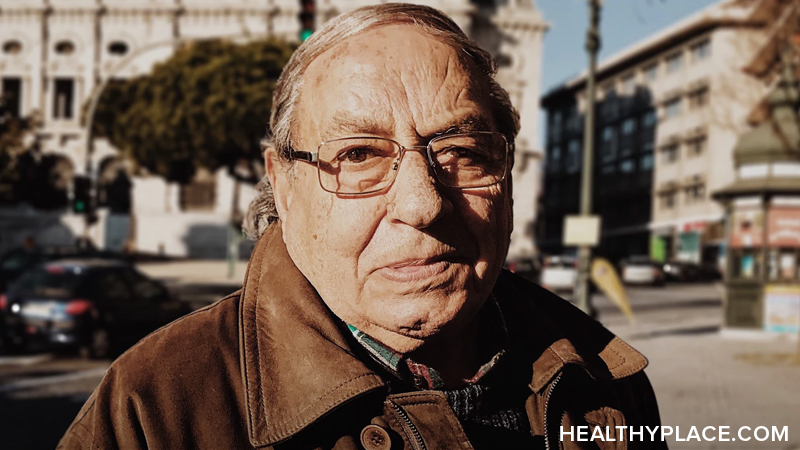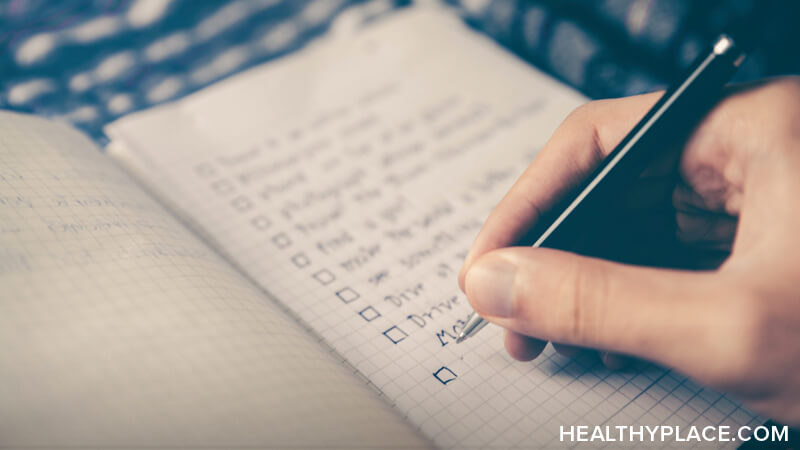Discussing Alzheimer's Treatment Options With Your Doctor

Questions to ask your doctor when discussing treatment options for Alzheimer's disease.
The medications currently approved by the U.S. Food and Drug Administration for treating mild to moderate Alzheimer's disease belong to a single class of drugs. This means that although the key ingredient is different in each of the drugs, they are all designed to perform the same function in the body. Therefore, it is not always easy to answer the question, "Which Alzheimer medication is the best?"
Alzheimer's Disease Treatment Options: Variation in Outcomes and Side Effects
Responses to most medications vary for reasons that we do not fully understand. This circumstance is common in all drug treatments. For example, many common over-the-counter pain medications belong to the same class of drugs. Ibuprofen may work better for one individual, while naproxen may be better for another, and neither of these drugs may be as effective for a third individual.
These same variations also happen with Alzheimer medications. If a drug has little or no effect on a patient's symptoms, a physician may recommend trying one of the others.
Side effects can also vary from one patient to the next. For one individual, one drug may be more effective but have greater side effects. For another patient, the same drug may be less effective but have no side effects.
Alzheimer's Disease Treatment Options Questions for Your Physician
Clear communication between the physician and the patient or caregiver is essential. Ask your physician the following questions when you discuss any treatment options.
- What kind of assessment will you use to determine if the drug is effective?
- How much time will pass before you will be able to assess the drug's effectiveness?
- How will you monitor for possible side effects?
- What effects should we watch for at home?
- When should we call you?
- Is one treatment option more likely than another to interfere with medications for other conditions?
- What are the concerns with stopping one drug treatment and beginning another?
- At what stage of the disease would you consider it appropriate to stop using the drug?
These questions will not address all treatment needs, but the answers to these questions will help you understand the treatment options for Alzheimer's and make informed decisions.
Sources:
- Alzheimer's Society of Canada
- Alzheimer's Society of the Phillipines
- Alzheimer's Association
- Namenda website (namenda.com)
APA Reference
Staff, H.
(2021, December 20). Discussing Alzheimer's Treatment Options With Your Doctor, HealthyPlace. Retrieved
on 2025, April 30 from https://www.healthyplace.com/alzheimers/treatment/discussing-alzheimers-treatment-options-with-your-doctor







